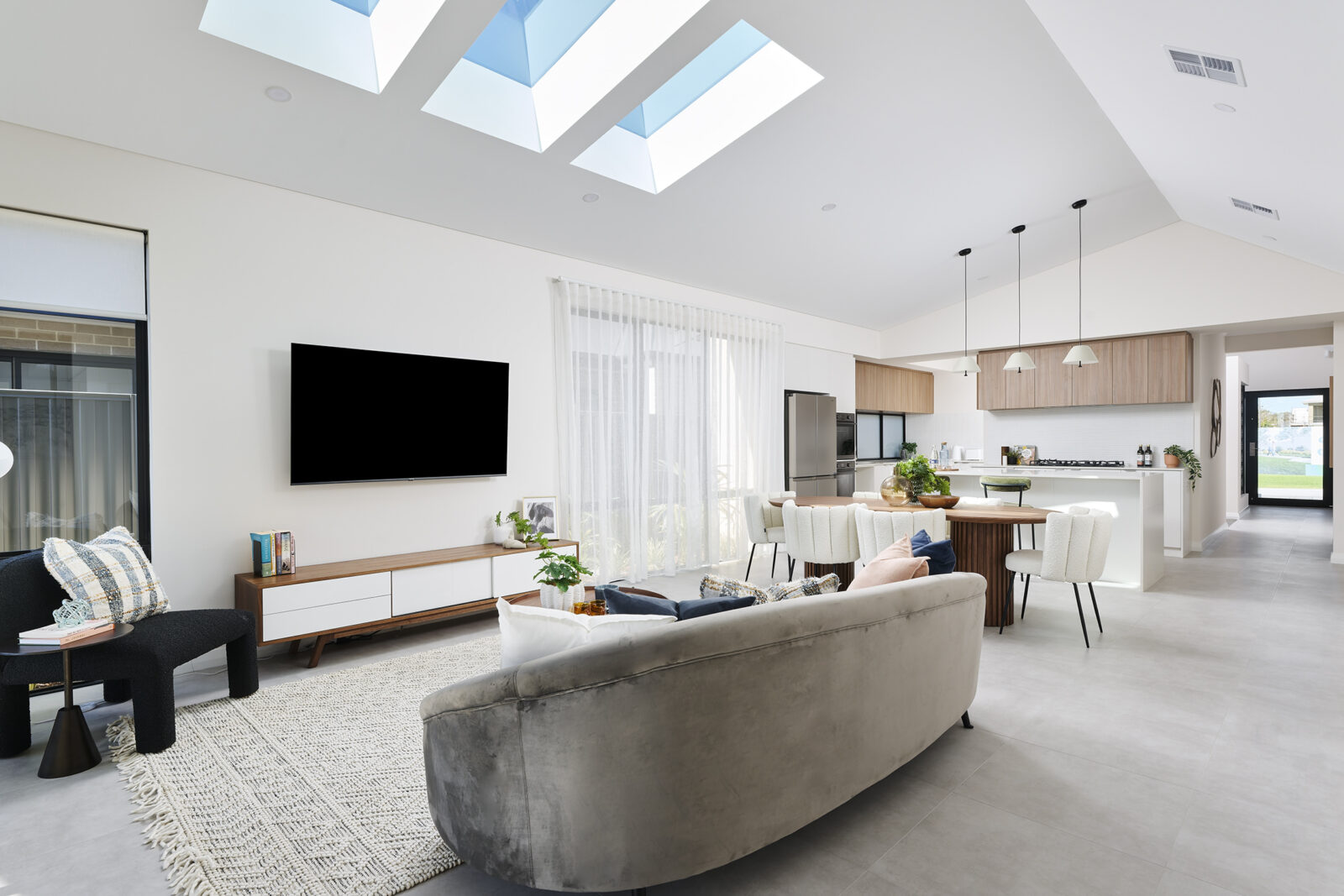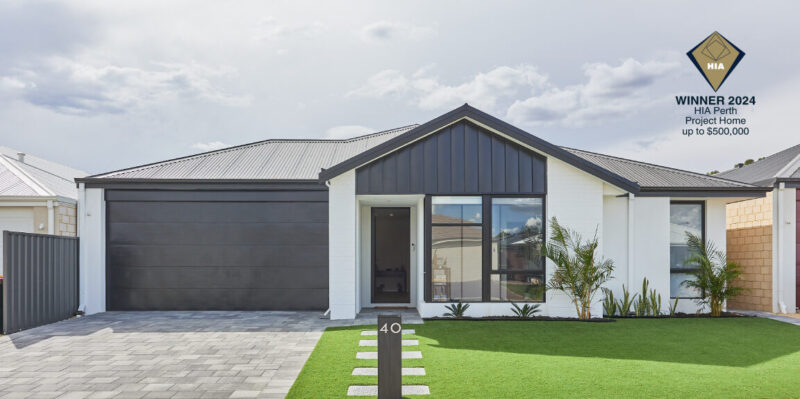You grow up and you move out of home. Right? Well, it’s not always the case. Sure, you may move out of home for a little while. But Australian families are embracing multigenerational living at an increasing rate. Why? High property prices throughout the country, needing help with kids and a desire for the younger generation to have a strong link with their older counterparts are just some of the reasons why multigenerational living is becoming so popular.
What is multigenerational living?
The concept of multigenerational living is not a new one. In fact, it is a concept that has been around for thousands of years, and in many cultures, particularly those in Asia, Southern Europe and the Middle East, multigenerational living is the norm, not the exception.
Whether it’s the one dwelling for multiple generations, or a property with a granny flat out the back, there are several options for how to make multigenerational homes work. In simple terms, multigenerational living refers to at least two adult generations living together. The most common example is grandparents living with their children and grandchildren.
Why it works
While for some people, the idea of having their parents living with them isn’t appealing, there are many reasons why people choose to live under the same roof.
There are several benefits to living in a multigenerational home:
- Economic – families share not only expenses but also responsibilities. While utilities, insurance and the mortgage can be shared, it’s also a matter of having helping hands to get food on the table and children bathed. For parents, having grandparents around can also help with the rising cost of childcare.
- Family ties – is there anything more valuable than quality family time? There is much for the younger generation to learn from the older one, and vice versa, and lifelong memories are made. Research backs this too, with kids who spend time with their grandparents showing more resilience and grandparents who spend more time with their grandchildren living longer.
- Avoiding aged-care homes – there’s no denying that some people wish to stay in their family home as they age, rather than going to an aged-care facility. Being in a multigenerational home helps with this as aging parents aren’t alone should something happen.
Remember though, multigenerational living isn’t for everyone. For the sandwich generation, it can be tough to look after their children while always having their parents, and their opinions, around. It can also take a toll on privacy if the home isn’t designed effectively.
Finding the right multigenerational home
Every family is unique and, as such, requires different kinds of homes. But there are some elements that are absolute must-haves when it comes to either finding the right multigenerational home, or building one.
First, zoned living is essential. This may mean a bedroom and living suite downstairs so the older generation don’t need to walk up the stairs or a fully self-contained apartment attached to the house with a separate entrance. It will largely depend on how you want your family to interact. And remember, the kids also need a space of their own to play without getting in the way of the older generation so a playroom may also be beneficial.
A zoned house often provides flexibility which is always a good thing, especially as children become teenagers. A playroom, for example, can become a teenage retreat to entertain their friends without getting in the way of the rest of the family.
Second, think about how you are going to use the key spaces in the house. For example, when it comes to the kitchen and dining, are you all going to be cooking and eating together at one time or separately? This is an especially good question when it comes to young children who often eat earlier in the evening. And if it’s different times, how will the later shift of eating impact those who ate earlier and vice versa?
Finally, when looking at the floorplan of the house think about the specific requirements you need. How many bedrooms do you require to ensure each person has their own space? How many bathrooms do you need to avoid arguments? What kind of outdoor area is the right amount for absolutely everyone to be able to use it, all at once perhaps?
The importance of future-proofing
What you need now in a multi-generational home, you may not need in the future. And on the flip side, there may be things you need in the coming years that aren’t particularly necessary now. But when building a multi-generational home, it’s crucial to think ahead. It may be a tad more expensive now, but fixing and renovating rooms down the line is a lot more costly than investing more upfront for the initial build stage.
Making sure there is a bedroom on the lower level, for example, is one way to future proof the house. While the older generation may be able to walk up and down stairs currently, in a few years time, they may wish to remain downstairs. Similarly, ensuring there is a full-service bathroom on the main living level is also a good idea. The added benefit here is that eventually, if the grandparents need or decide to go to another home, this can become a teenager’s room or even a parent’s retreat.
There’s no denying that multigenerational living can work wonders for some families. But there is still the need for private spaces. Building your own multigenerational home means creating the exact space you want and need for your specific family.




